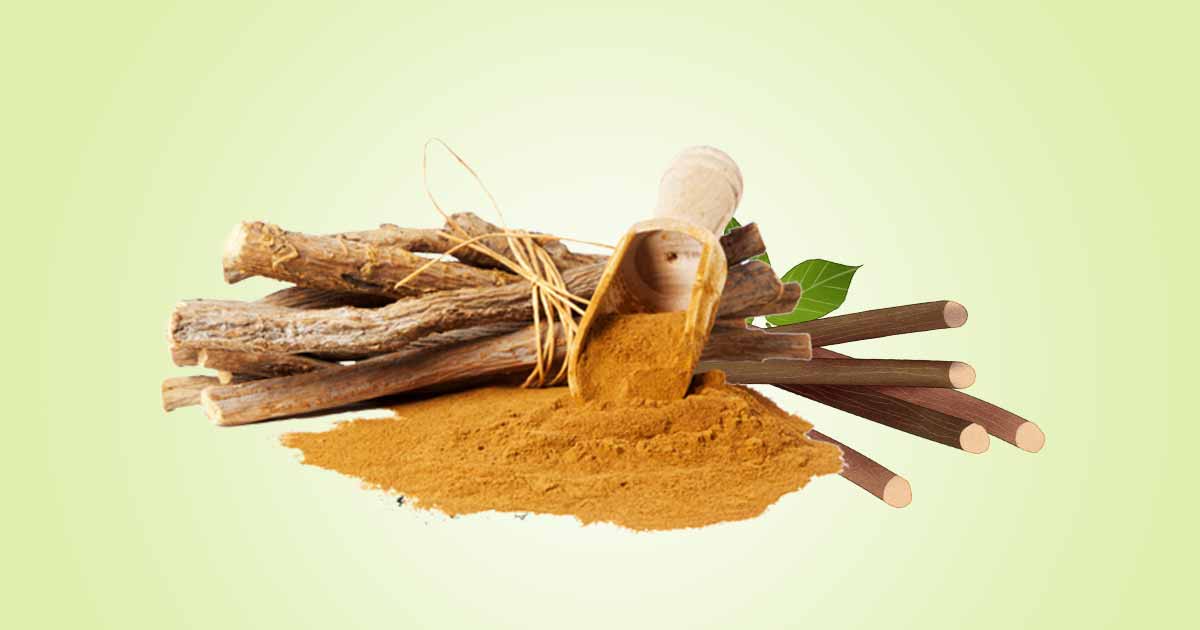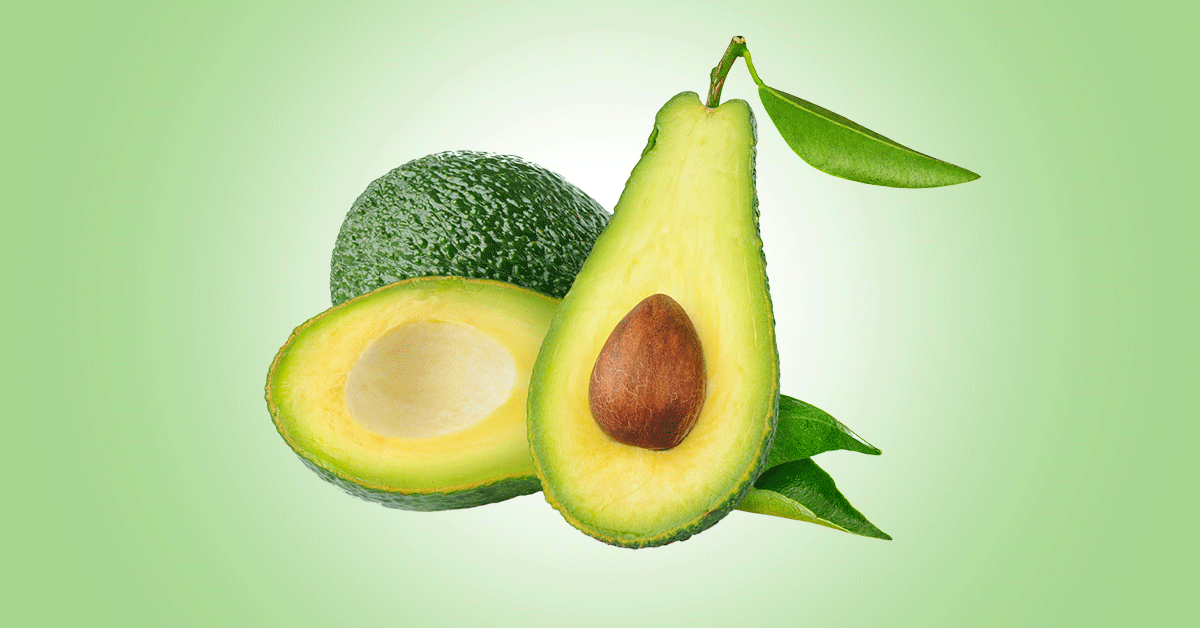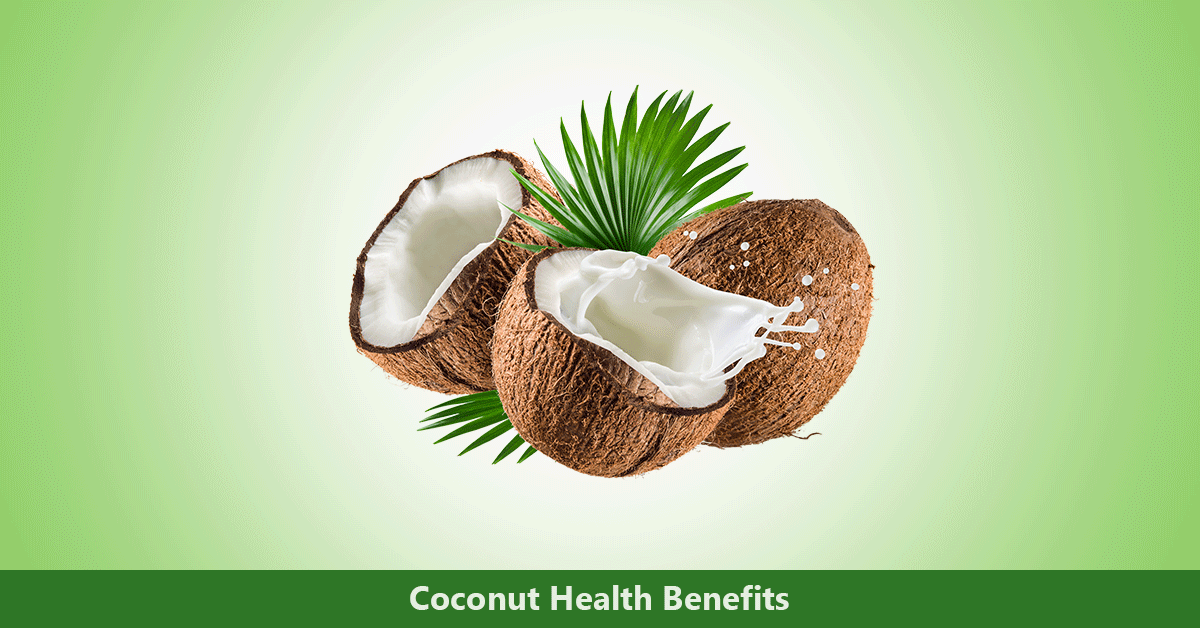Liquorice (Glycyrrhiza glabra) is the most valuable plant of the Glycyrrhiza genus. Glycyrrhiza a member of the Leguminosae family, also called pea family). The term, Glycyrrhiza, is from the Greek term glykos, which means sweet, and rhiza, meaning root. The plant grows well in subtropic climate.
Liquorice, also called licorice, sweet root, Spanish liquorice, or “elixir of life,”. It is native to the Mediterranean, central to southern Russia, Iran, and parts of Asia. It is now grown in India, China, Russia, Italy, Spain, Afghanistan, Pakistan, Iran and many other countries.
Other local names of liquorice include Rub-us-soos (Arabic), Bois doux (French), Regalizia (Spanish), and Liquirtiae radix, a Latin word used as a trade name and in the pharmaceutical world.
Liquorice is a perennial herb can grow up to 1 m in height. It has pinnate leaves with many oval leaflets, while the flowers are long, purple to pale whitish blue in color. Fruits are oblong pods, with 3-5 brown, reniform seeds.
The underground root is made of a main tap root, and many runners. The main taproot is soft, fibrous, and has bright yellow color on the inner surface. It has a unique odour and sweet taste and many medicinal benefits.
The medicinal plants used are the roots and rhizomes of liquorice. They are available in forms such as powder, extract, tonic, tincture, or decoction.
Liquorice have been used to manage bronchitis, cough, indigestion, vomiting, diarrhea, sore throat, mouth ulcer, dysentery, syphilis, laryngitis, cold, swollen abscesses, influenza, gastric imbalance, emollient. It has diuretic, emmenagogue, expectorant, demulcent, diuretic, spasmolytic, haemoptysis, laxative etc.
Liquorice extract called succus liquiritae, in pharmacy is used in pharmaceutical, confectionery, dyeing, and tobacco industry. It is used in flavoring and sweeteners in the beverages, confectionery, and pharmaceutical products.
Anise oil is similar to liquorice. However, anise oil does not contain glycyrrhizin, and may be an alternative to liquorice in sweets and candies.
Constituents
About 40 to 50% of liquorice dry weight is made up of biologically active constituents. It contains compounds such as triterpenoid, saponin, tannins, flavonoids, alkaloids, pectins, simple sugars, amino acids, proteins, bitters, essential oil, resins, mineral salts, asparagines, gums, mucilage (rhizome), polysaccharides, fat, starches, sterols, female hormone estrogen, tannins, proteins, glycosides, and phenolic compounds.
Glycyrrhizin, glycyrrhetic acid, isoliquiritin are the important constituents. Glycyrrhizin, a triterpenoid, gives licorice, the sweet taste. It is a mixture of potassium-calcium-magnesium salts of glycyrrhizic acid, and the major active compound in liquorice. It is 60 times sweeter than cane sugar. Glycyrrhizic acid is a saponin made of glucuronic acid, and glycyrrhetic acid.
Flavonoids such as liquiritin, quercetin, shinflavanone, shinpterocarpin, glucoliquiritin apioside, prenyllicoflavone A, liquiritigenin, rhamnoliquirilin, 1-methoxyphaseolin, isoliquiritin (a chalcone) gives yellow color to the licorice.
There are isoflavones, such as glabridin, glabrene, and hispaglabridins A and B. Other compounds include licopyranocoumarin, licoarylcoumarin, glisoflavone.
Volatile oils include hexanol, α-terpineol, geraniol, linalool oxide A and B, pentanol, tetramethyl pyrazine, terpinen-4-ol, etc.
Other phenolic compounds such as semilicoisoflavone B,1-methoxyficifolinol, isoangustone A, and licoriphenone has been found.
Nutritional Composition
According to NutritionValue.org, a 100g of liquorice contains 93.55 g of carbohydrates, 70.00 g of sugars, 0.20 g of fiber, 93.35 g of net carbs, and 6.30 g of water.
It also contains high quantity of potassium, sodium, calcium, and some quantities of magnesium, iron, copper, iron, zinc, selenium, and phosphorus. Riboflavin, niacin, thiamine, and vitamin B6 are also found.
Health Benefits of Liquorice
Liquorice has medicinal activities such as antioxidant, anti-inflammatory, antimicrobial, antidiabetic, antitussive, antiulcer, antiviral, anticancer, anticancer, and hepatoprotective activities. It also has laxative activity, and memory enhancing properties.
Antioxidant effect: Glycyrrhiza glabra root has polyphenolic compounds such as licochalcones B and D, retrochalcones, isoflavones like glabridin, hispaglabridin A and 30 hydroxy-4-O-methylglabridin, and ehydrostilbene derivatives.
These compounds are free radical scavengers, and ihibit microsomal lipid peroxidation. Antioxidants prevent diseases such as cancer, cardiovascular diseases, and neurodegenerative diseases.
Prevents ulcer: Carbenoxolone from the root inhibit gastrin secretion. Licorice constituent such as glycyrrhizin, DGL (deglycyrrhizinated licorice) increase prostaglandin, which in turns improve mucus secretion. Licorice may also improve the lifespan of stomach surface, and has antipepsin activity.
Anti-inflammatory activity: Glycyrrhizin when broken down in the gut prevents inflammation, in a way similar to other corticosteroid hormones. Isoliquiritigenin has both anti-inflammatory and antioxidant activities.
Antimicrobial activity: Compounds in liquorice such as gabrin, glabridin, glabrene, glabrol, hispaglabridin A and B, 40-methylglabridin, and 3-hydroxyglabrol have antimicrobial activity against gram-positive and gram-negative bacteria like Staphylococcus aureus, Streptococcus pyogenes, Mycobacterium tuberculosis, B. cereus, Pseudomonas aeruginosa, Salmonella typhi, Shigella sonnei, etc.
Glabridin and other compounds in licorice also inhibits Mycobacterium smegmatis, Arthrinium sacchari, Chaetomium funicola, and Candida albicans, and Bacillus species.
Glycyrrhizin, also has antiviral activity, and prevents viral replication.
Asthma treatment: Licochalcone A, ganoderic acid, flavonoids and glycyrrhizic acid may suppress eosinophilic lung inflammation, immunoglobulin (IgE), interleukin (IL) levels, and increase in activity of interferon gamma. This could be beneficial in bronchial asthma management.
Liquorice could be beneficial in treating chronic obstructive pulmonary disease (COPD), chronic bronchitis and emphysema.
Antidiuretic activity: Glycyrrhetinic acid has antidiuretic effect, which may be mediated by adrenocortical hormones. It reduces the excretion of sodium, followed by mild decrease in the excretion of potassium.
Cough remedy: Liquorice is commonly used as antitussive, demulcent, and as an expectorant. The glycyrrhizin increase tracheal mucus secretion, and remove congestion in the upper respiratory tract. Another comopound, liquiritin apioside, helps in capsaicin-induced cough.
Hence, licorice can help in the treatment of cough, cold, sore throat, and bronchial catarrh.
Antimalarial activity: The chalcone licochalcone A, extracted from licorice, exhibit good antimalarial activity. In vitro test, it inhibited both chloroquine-susceptible and chloroquine-resistant strains of Plasmodium falciparum.
Treatment of skin disorders: Glycyrrhizin may be effective in treating alopecia, according to results in a Chinese research study. It can also be combined with narrowband UVB light therapy, in treating vitiligo, a skin disorder. Glycyrrhizin has similar action to steroids in the treatment of atopic dermatitis.
Treatment of dental plaque: glycyrrhizin inhibits Streptococcus mutans. It can be used as a vehicle in pharmaceutical preparation for the treatment of dental plaque due to constituents such as glycyrrhizin, licoricidin, Lic A, and glabridin. It also prevents mouth dryness.
Anticancer activity: Extract of licorice may prevent cancer. Glycyrrhetic acid induce apoptosis in cancer cells. Licocoumarone may also prevent leukemia. Licochalcone E, has also been found to be a cytotoxic compound. Isoliquiritigenin (ISL) inhibits cervical, breast, hepatoma, colon, pancreatic, and prostate cancers.
Anti-diabetic effect: Licorice contains seven phenolic compounds (dehydroglyasperin, glyasperin B,
glyasperin D, glycycoumarin, glycyrin, glycyrol, and isolglycyrol), and flavonoids which can bind PPAR-γ, target of some antidiabetic drugs like pioglitazone and roziglitazone. This helps to enhance carbohydrate and lipid metabolism. It also reduces blood glucose levels.
Memory boosting: Compounds such as 2,2,4-trihydroxychalcone and glabridin helps to improve memory and learning, while preventing dementia.
Treat depression: isoliquiritin and liquiritin prevents depression in animal studies through increase in the levels of 5-Hydroxytryptamine and norepinephrine in the hypothalamus, hippocampus, and cortex of mice.
Prevents obesity: Glabridin reduces the activity of acetyl-CoA carboxylase and causes an increase in activity of acetyl-CoA dehydrogenase of licorice flavonoid oil. It also decreases fat mass and body fat.
It enanced excretion of fat and lowered serum triglyceride levels.
Liver protective effect: glycyrrhizin, under the name, SNMC (stronger neo-minophagen-C), has been used in Japan as an antiallergic and antihepatitis agent. SNMC reduced aspartate transaminase (AST), alanine transaminase (ALT), and gamma- glutamyltransferase (GGT, and prevented hepatocellular carcinoma in chronic hepatitis C. It also prevented inflammation and necrosis in the liver.
18β-glycyrrhetinic acid (GA), an aglycone of glycyrrhizin, protects the liver, and prevents oxidative and hepatic damage caused by aflatoxins.
Anticoagulant effect: Licorice is an inhibitor of thrombin. It lengthens the thrombin and fibrinogen clotting time and increased plasma recalcification duration.
The platelet aggregation is mainly due to the activity of glycyrrhizin.
Dosage
The safe level of liquorice that can be taken in a single day is no more than 100 mg of glycyrrhizin per day. This amounts to 60 to 70g of liquorice sweets a day.
For sweets, beer and liqueurs, a concentration of 50 parts of glycyrrhizin per million, is an upper limit.
Drug Interactions
- Liquorice may interact with fludrocortisone due to mineralocorticoid effects
- It also interacts with diuretics and angiotensin-converting enzyme (ACE) inhibitors, and may deplete potassium levels.
- Liquorice interacts with laxatives, causing loss of potassium.
Side Effects
A common side effect of liquorice supplementation is increase in blood pressure. This may be due to effect in the rennin-angiotensin-aldosterone system. Liquorice may also potentiate the action of aldosterone when it binds to the mineralocorticoid receptors in the kidneys (“pseudoaldosteronism).
For those with the mineralocorticoid excess syndromes, the ranges of liquorice consumption varies from as little as 1.5 g daily, to as much as 250 g daily (Stormer et al., 1993).
Liquorice inhibits 21-β-hydroxylase, increasing plasma cortisol levels, and lowering plasma cortisone levels.
Laxative effect: Senna, rhubarb and liquorice, are herbal preparations are used in excess dose as laxative to lose weight. It causes excessive loss of fluid from the colon, and keeps the weight down. However, the adverse effect such as loss of potassium, and sodium retention can cause edema, chronic renal damage and even death.
Excessive consumption of liquorice and carbenoxolone over a long time can cause hypokalaemia, hypertension and oedema, and sometimes, muscle and brain damage, including rhabdomyolysis and stroke.
Old age, gastrointestinal transit time, and hypertension increases the sensitivity to glycyrrhizin. The sensitivity is also more common in females.
References
- https://link.springer.com/content/pdf/10.1007/978-3-319-27027-2_21.pdf
- https://www.rcpe.ac.uk/sites/default/files/jrcpe_48_4_lee.pdf
- https://applications.emro.who.int/imemrf/Pak_J_Pharm_Sci/Pak_J_Pharm_Sci_2016_29_5_1727_1733.pdf
- https://www.medsafe.govt.nz/profs/PUArticles/December2019/Liquorice-side-effects-interactions.htm
- https://www.researchgate.net/publication/357054545_Medicinal_Uses_of_Licorice_Glycyrrhiza_glabra_L_A_Comprehensive_Review
- https://www.nutritionvalue.org/Licorice_91721000_nutritional_value.html?size=100+g












